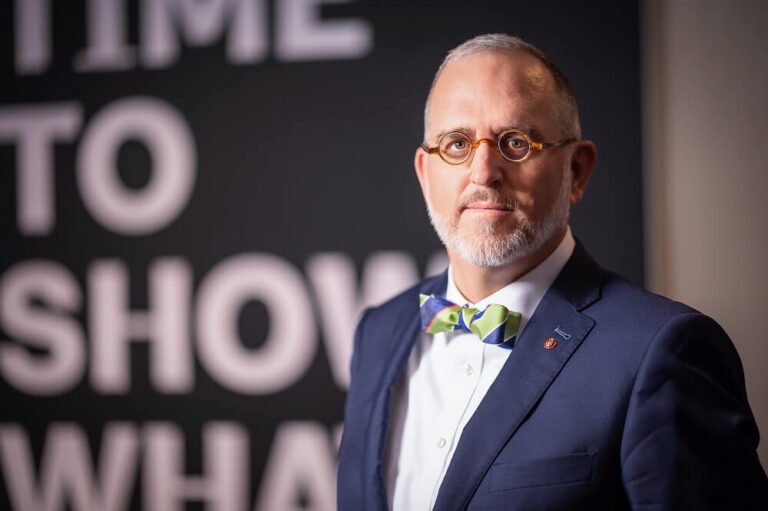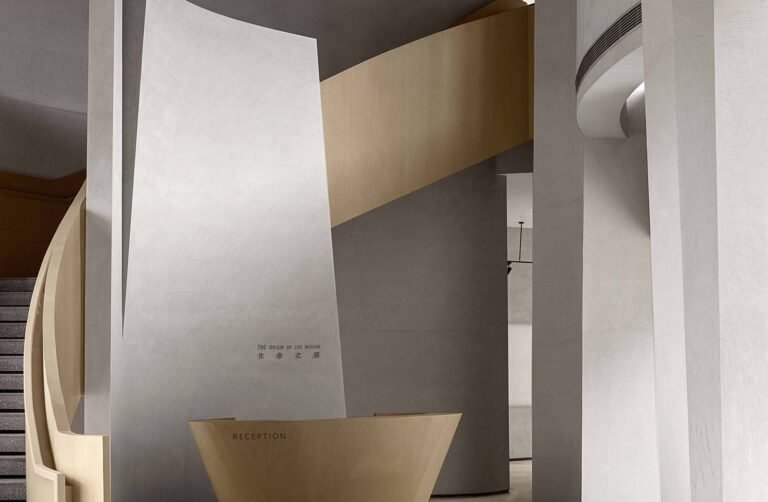Results of: 15-Minute City 2022 Urban Landscape Competition
Architects propose ideas for 15-Minute Cities – Re-imagining refugee cities, urban rejuvenation and low-carbon living.
56.5% of the world’s population lives in urban areas as of today, a proportion that is expected to increase to 68% by 2050. This shall lead to unprecedented stress on urban areas and the people residing there. Any unplanned or haphazard development shall take its toll on the physical and mental health of the people. To tackle the problems of future cities, urban planners and designers must be better prepared with innovative solutions and a more nuanced approach to city planning.
The ‘15-Minute City’ concept is a way to make urban living less stressful and more sustainable. A 15-minute city has affordable, accessible, and adaptable housing for households of all sizes and ages. It is easy to get goods and services, healthcare, fresh groceries, and all other amenities. Many major cities such as Paris, Melbourne, Detroit, Portland, and Ottawa have been working on similar concepts.
‘Charette’ invited ideas from architects, urban designers, and planners across the world through an international design competition – 15 Minute City 2022, calling upon participants to re-imagine our urban landscapes as safer, healthier, and more inclusive places to live. The participants explored a wide range of ideas but the proposal that stood out among them all re-imagined an ‘informal refugee city’ as a 15-minute city. It explained how the camps set up to house the refugees are continuing to grow in scale and given the timescales involved, they can no longer be seen as temporary settlements but should be considered as permanent cities in which families are being raised. Other proposals ranged from practical solutions for carbon footprint reduction in cities to following a human-centred approach aimed at creating unique experiences across the city fabric.
We are proud to share the works of the winners of this year’s edition of 15 Minute City, and we strongly believe that these visions shall inspire architects and planners across the world. The complete results, including the winners, the honourable mentions, and the top 30 shortlisted entries can be viewed here – https://thecharette.org/15-minute-city-2022-results/
JURY
The competition was judged by eminent experts, academicians and professionals, namely –
●Mikael Colville-Andersen – Urban Design Expert, Author and Public Speaker, TV Host – The Life-Sized City, Coolville Design
●Dr. Ally Lu – Lecturer, Department of Urban Studies & Planning, University of Sheffield
●Dr. Ashish Verma – Professor & Convenor, Sustainable Transportation Lab, Indian Institute of Science
●Rowland Atkinson – Urban Sociologist & Author, Research Chair in Inclusive Societies, University of Sheffield
●Clotilde Imbert – Director, France, Copenhagenize Design Co., Bicycle Urbanism by Design
INFORMAL REFUGEE CITIES – 1ST PRIZE WINNER
James Blythe-Brook, Loujayne Hadaya & Louise Scannell – Weston Williamson Architects from the United Kingdom secured the First Prize. The war in Ukraine had just started when they began to explore ideas for the competition, and it served to highlight how wars and natural disasters continue to increase the number of refugees globally. The camps set up to house these victims are continuing to grow in scale and given the timescales involved, can no longer be seen as temporary settlements. They are permanent cities in which families are being raised.
The top-down approach to these communities, where they are given small inappropriate shelters and minimal freedom, perpetuates the situation. Residents are locked in, unable to interact with other communities as a result of isolation that is designed from the outset. This approach forces residents to rely on aid, preventing them from finding their own solutions, gaining independence and utilizing the skills that are already abundant within the camps.
They explored a bottom-up approach to urban design that took the underlying principles of a 15-minute city and applied them to these smaller, informal developments. They addressed the concerns refugees have with the implications of adapting the existing shelters and creating more permanent structures in their camps. They sought to provide residents with the opportunity to become more independent and improve their living situations.
The Jury was particularly impressed by the project as it raised an important but often ignored urban design topic, according to Dr Ally Lu. Urban Design Expert and Speaker, Mikael Colville-Andersen was thrilled to see this proposal – “… A refugee facility is a small city and those who are forced to flee war and disaster should be afforded the same quality of urban life as the rest of us. The transferability of these places to a more permanent urban setting is also an added value.” Prof Rowland Atkinson appreciated the proposal – “Creative approaches to refugee camp conditions, invoking the need for greening, transportation and conditions that are not degrading… A human-focused proposal on an urgent issue…”
THE 15-MINUTE HARINGEY – 2ND PRIZE WINNER
Cheng Zhang, Yufan Ye & Minzheng Wang from China won second place. Their proposal suggested practical applications to achieve a sustainable city, taking a part of Haringey (London) as a case study. They proposed four main strategies from energy optimization, green building, low-carbon transport and industry transformation to build a low-carbon living environment and 15-min city. The intention that separates incompatible uses from each other inevitably leads to long-distance travel between housing and different destinations, which not only causes carbon emission but also causes practical impacts on urban space such as noise and car accidents. They also proposed a carbon footprint app which aims to bring ‘Carbon Trading’ into everyone’s life so that the residents can participate in the carbon reduction movement.
Jury Member Clotilde Imbert appreciated that “the proposal has a strong focus on transportation and logistics and the environmental impacts of urbanization. It presents a solid vision of what should be changed to be a 15-minutes city via the case study. The design strategy looks at how to add mixity and green spaces to existing single-function buildings and blocks. Transportation is separated to create more space for low carbon solutions like biking and walking at street level and trucks and logistics below ground…overall the rethinking of streets and public space, neighbourhood mixity, mobility, and connectivity with the surrounding city make this a good 15-minute city proposal. The presentation includes multiple themes and is well articulated.” – Clotilde Imbert. Dr Ashish Verma found the whole presentation of the idea effective and targeted to the 15-minute city concept with a clear focus on sustainability goals.
THE NEW 15 – 3RD PRIZE WINNER
The third position in the competition was secured by Ashleigh Crofts & Paul Kalbfleisch from Canada. While the 15-minute city relies on multiplicity of modes of transportation, their proposal focused on the 15-minute walking experience. Having lived through the pandemic most of us recognize that spending more time outdoors, moving about, and in the company of others is more important than ever before.
“The New 15” envisions vibrant public life and appealing public spaces to encourage curiosity, wonder, discovery, and meaningful community interaction. They consciously designed various building blocks to further enhance the journey: experimenting with factors like form, permeability, smart density, and diverse land uses and mixes. The built form was thought of as a tool to shape delightful spaces and routes which in turn are community-building venues.
Prof Rowland Atkinson loved the presentation and praised the proposal as it ”… offers the sense of a human-centred, creative and curiosity-inspired drive to create unique micro-sites across the city fabric.”
Clotilde Imbert appreciated the project – “The New 15 demonstrates a solid understanding of the urban fabric required for a 15-minute city. The design concentrates on creating positive experiences as you move about your day on foot. Walking through city streets with diverse functions and uses, spaces to interact, and art…”


